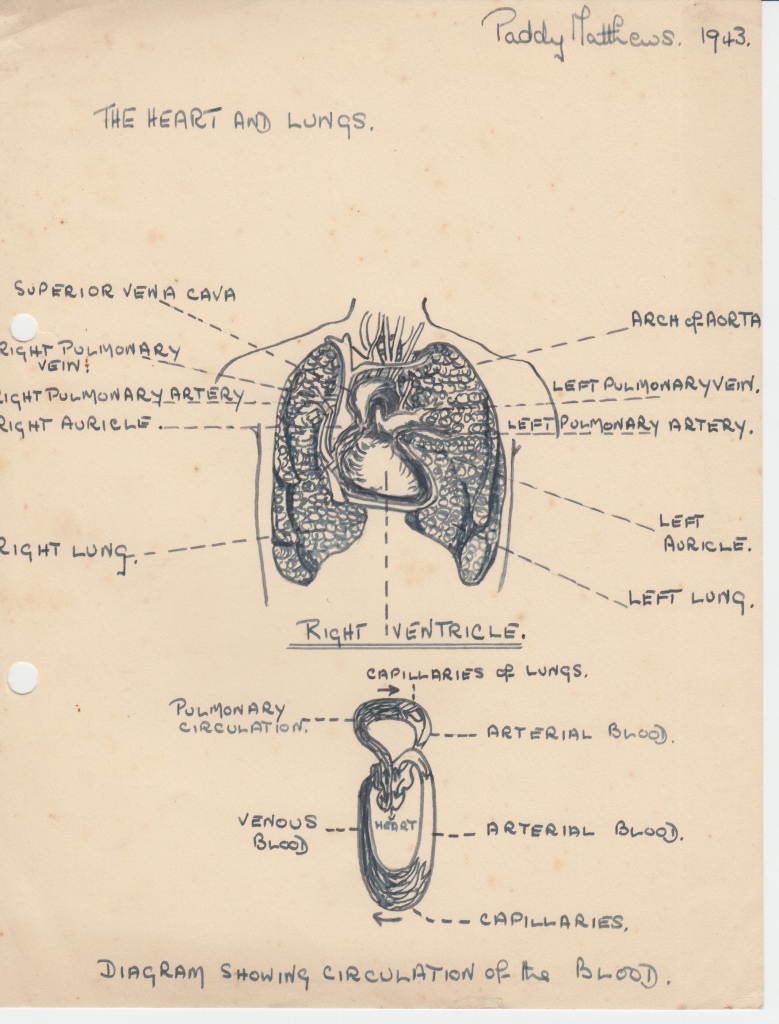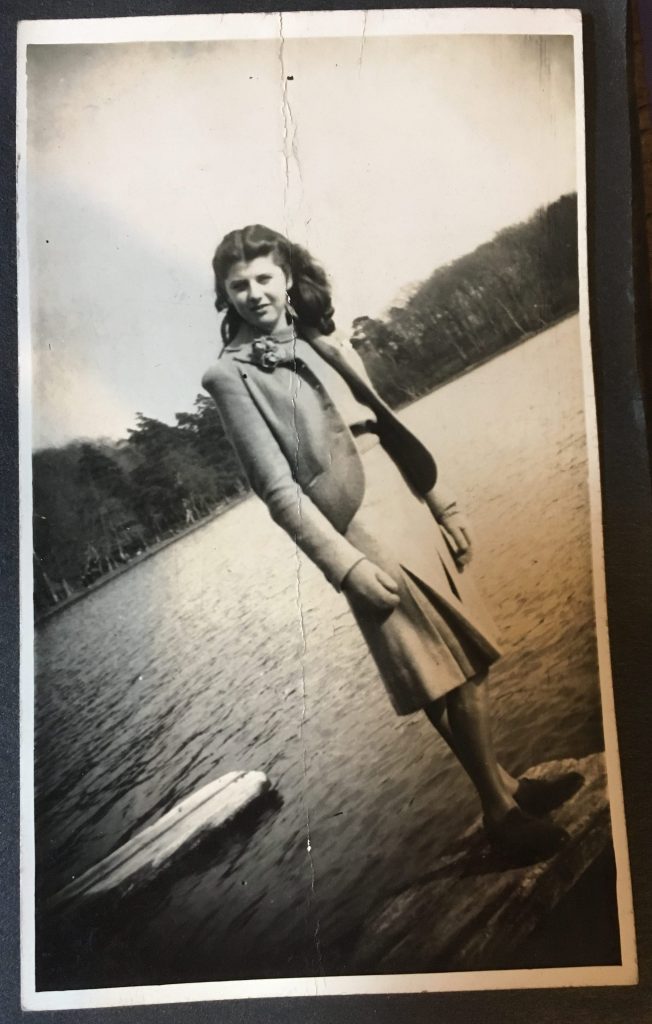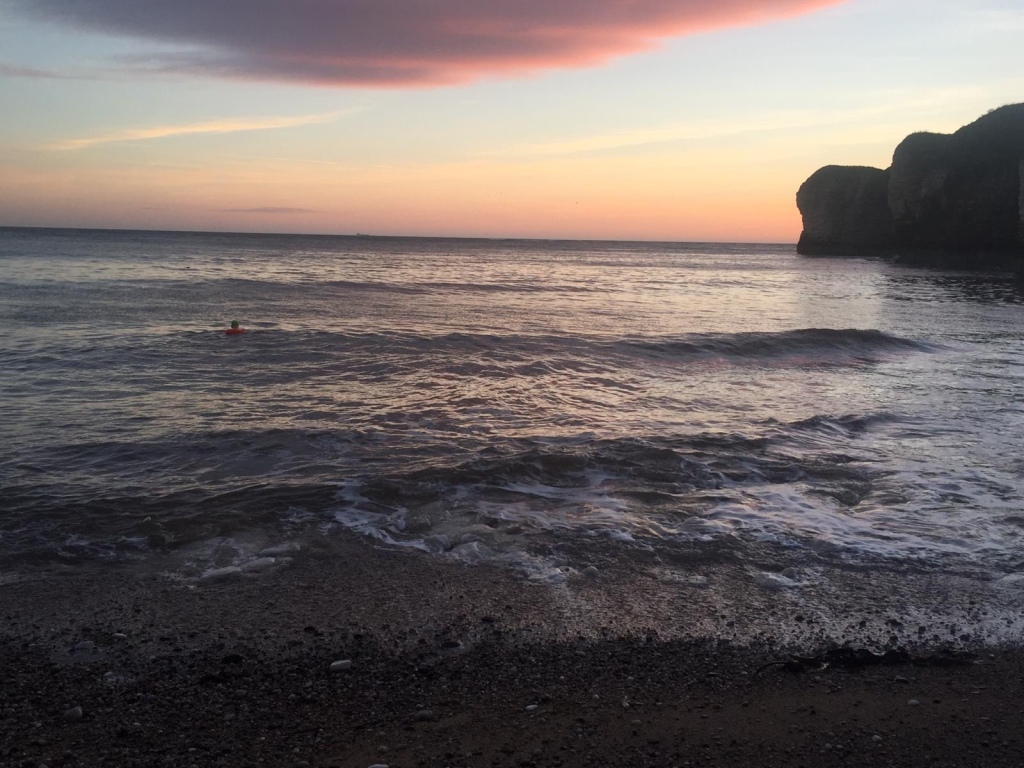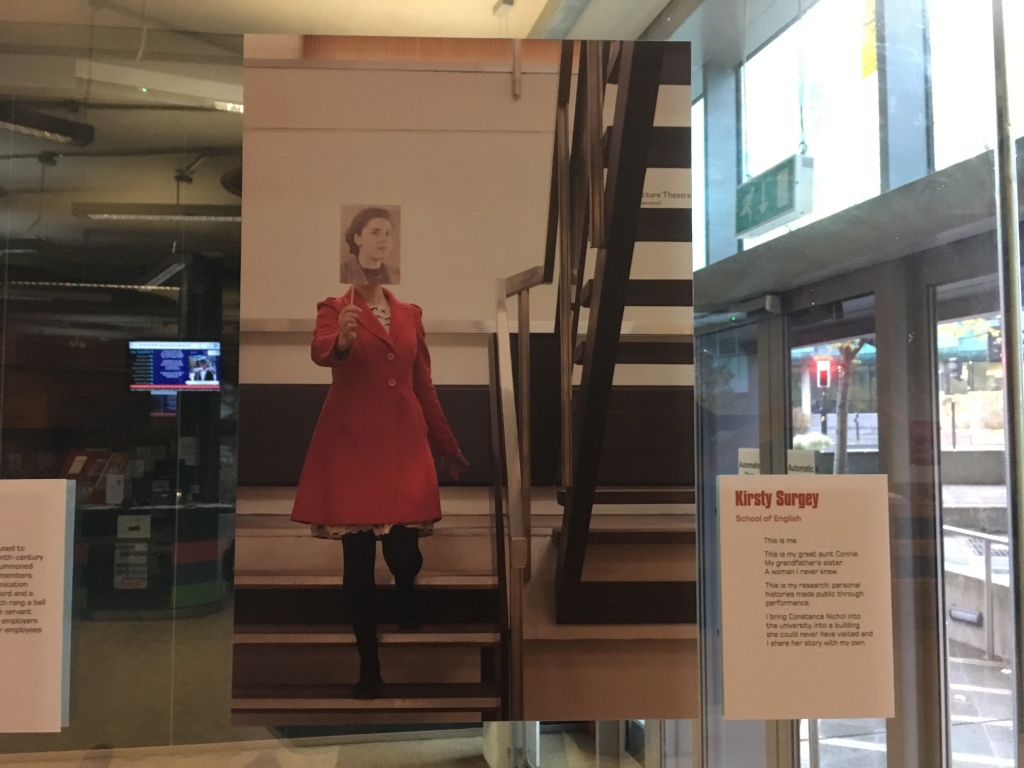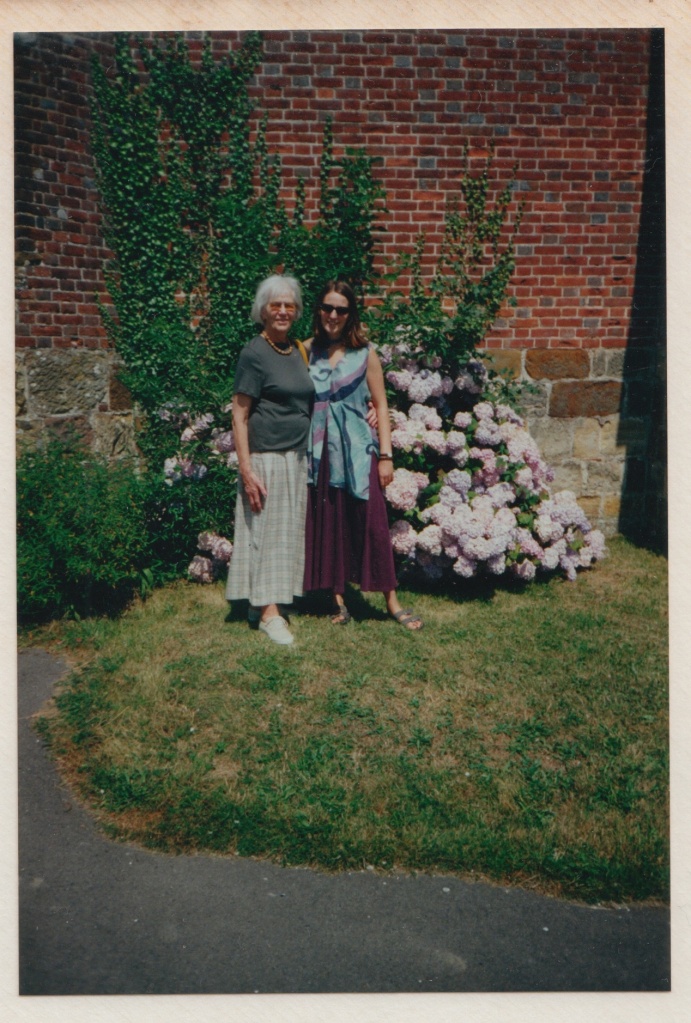When we were clearing out the house of my granddad’s cousin in northern Cumbria, there were stacks of unlabelled photographs. Each one lovingly taken and printed, but left over the years to fill drawers, unobserved and gathering dust.
Buried in the piles were these un-posed snapshots of a double wedding at a local church:
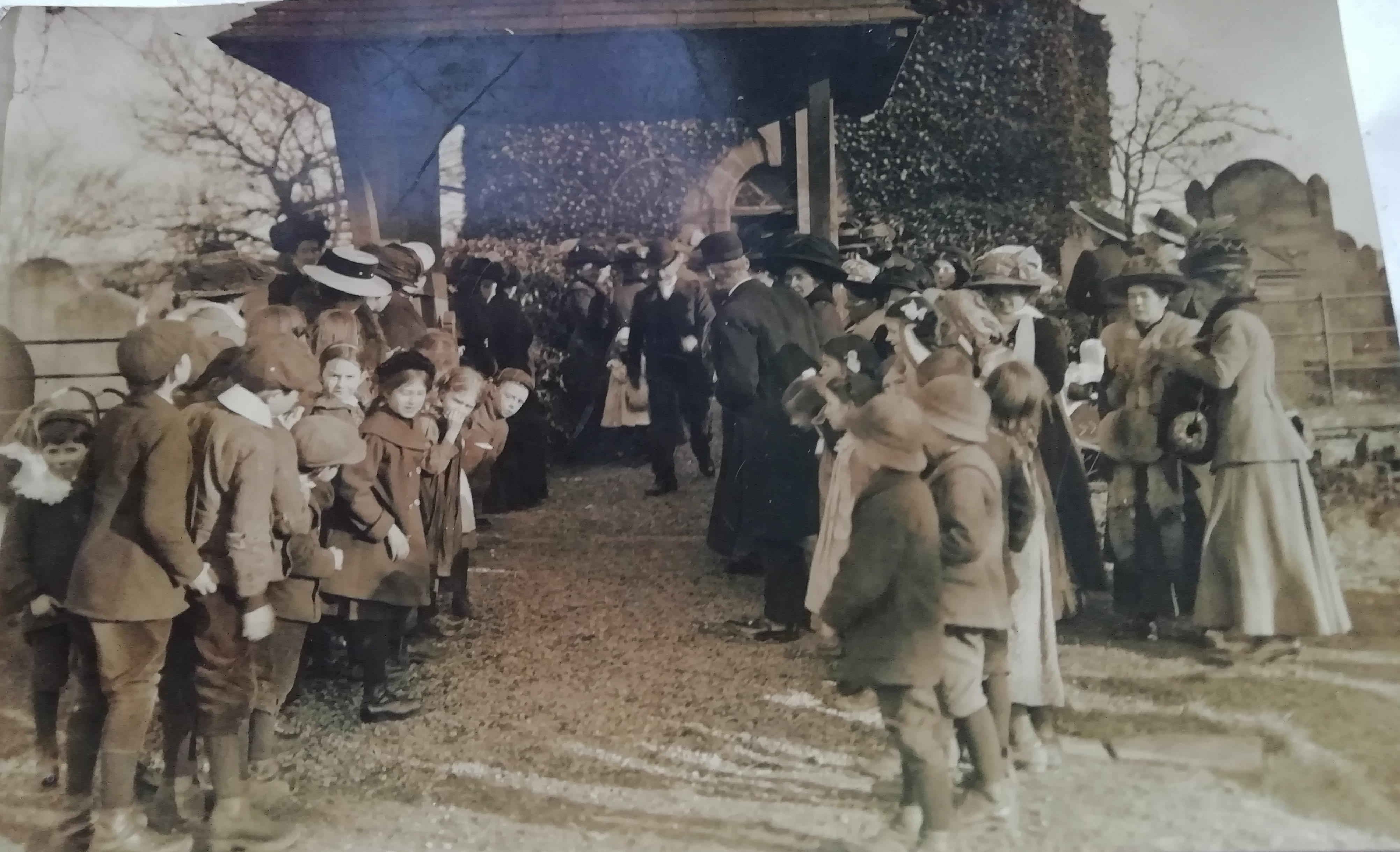
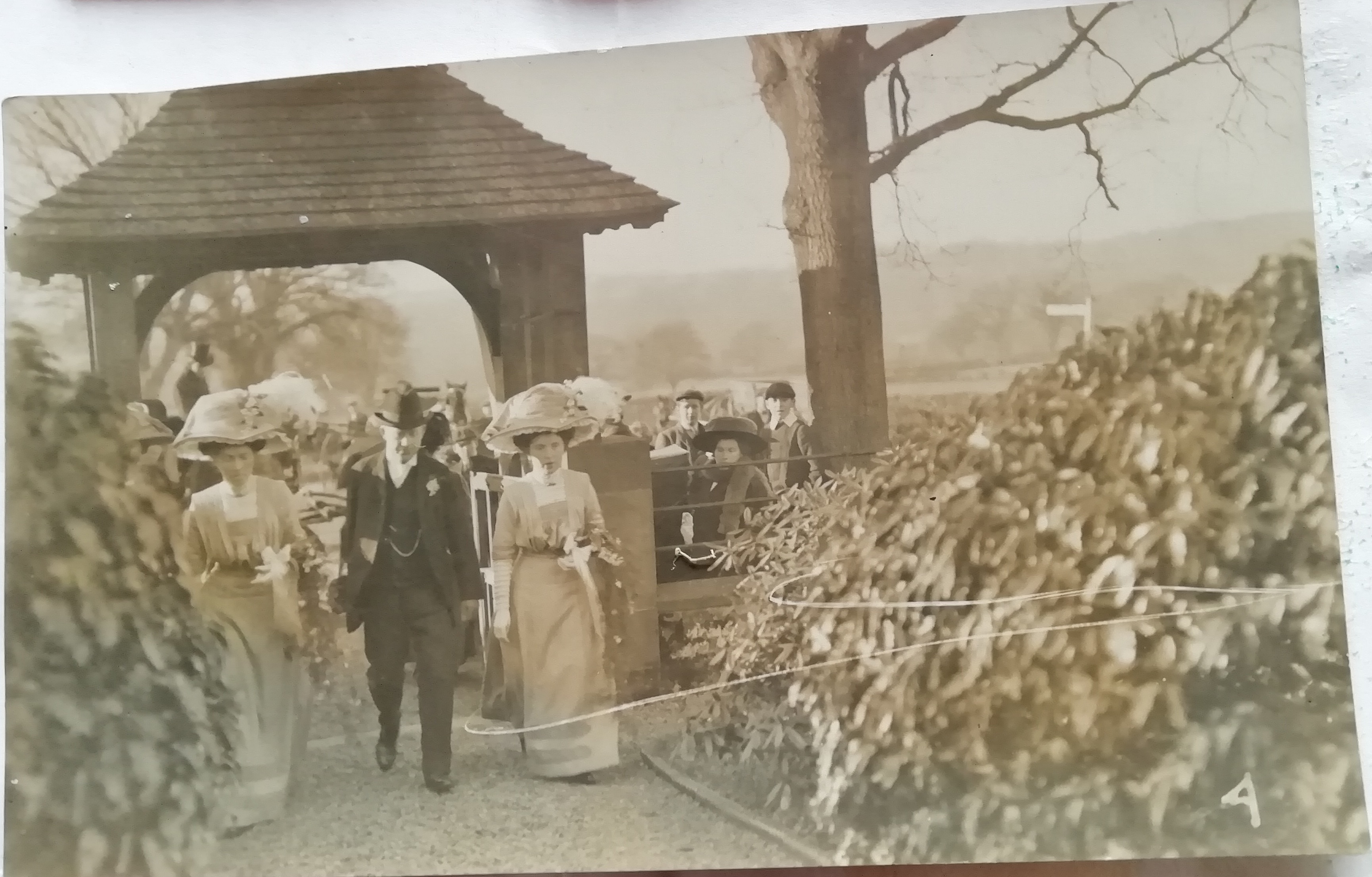


The church is easily recognisable locally as Raughton Head and appeared to be early twentieth century, but there were no names and no specific date labelled. They are wonderful photographs, but I feared that that we would never know who the couples were. However, in 2017 the church held an exhibition of wedding memorabilia; my parents shared these photographs in that church and to our delight we discovered someone else had photographs of the same wedding. We know now that the couples are sisters Mary and Catherine Coulthard, marrying William Mason and James Armstrong in 1911. The Coulthard sisters were my great-grandmother Ethel Nichol’s (nee Mitchell) first cousins, which explains how they came into our family archive.
It was a lesson in the value of sharing histories – you never know what connections could be made and what treasure unearthed.
I was reminded of this discovery when listening to the latest episodes of Charlotte Sibtain and Cole Moreton’s The Wedding Detectives. This has been compulsive listening for me as a family historian, a performance maker and radio addict.
Photographs on the radio shouldn’t work, but does.
The premise of the show is that Sibtain and Moreton take an uprooted wedding photograph – the sort of photograph that might be found lodged in a second-hand junk shop – and using any clues available they attempt to uncover its story in order to re-unite it with someone who might treasure it for the future. Perhaps inevitably for an unmoored photograph, the stories that they uncover are often threaded with sadness, and in nearly every episode my eyes have pricked with tears. However, they also discover extraordinary individuals, poignant love stories and valuable social history. The show is a brilliant example of how other people’s family histories can illuminate our understanding of the past.
Photographs are a promise. They are promise that there will be a future in which the photograph will be admired. Wedding photographs’ particularly powerful promise is of a happy couple whose joy will continue for many years. The Wedding Detectives reminds the listener of the frailty and fragility of the photograph’s promise, but also of the strength and love that can be found when the promise is fulfilled.
The photographic promise is an important part of my performance The space in-between, in which I share Ethel Nichol’s (the cousin of the brides and my great grandmother) holiday slides from 1967. The promise of a slide show fulfilled, fifty years too late.


